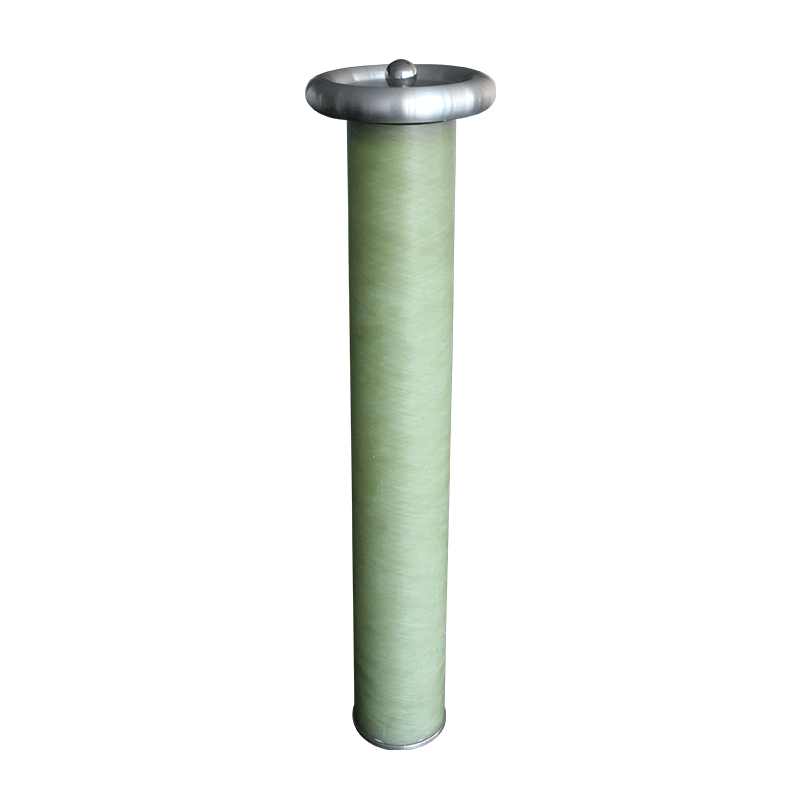Design and Optimization of High-Frequency High-Voltage Power Supplies in Precision Instruments
In the development of precision instruments, high-frequency high-voltage power supplies have become an important support for the stable operation of instruments due to their high efficiency and compactness. As precision instruments have extremely high requirements for the stability, accuracy, and response speed of power supplies, the design and optimization of high-frequency high-voltage power supplies need to be explored in depth from multiple dimensions.
In terms of circuit topology design, an appropriate topology structure should be selected according to the specific requirements of precision instruments. Traditional flyback and forward topologies have problems such as low efficiency and large ripple in high-frequency high-voltage output, while the phase-shifted full-bridge soft-switching topology can effectively reduce switching losses, minimize electromagnetic interference, and improve power efficiency under high-frequency conditions. By reasonably designing the turns ratio of the transformer windings, magnetic core materials, and parameters, the stability and accuracy of the output voltage can be further optimized. For example, using soft magnetic materials with high magnetic permeability and low loss to manufacture the transformer core can reduce core losses and improve the overall performance of the power supply.
The optimization of control strategies is the key to enhancing the performance of high-frequency high-voltage power supplies. Traditional PI control is difficult to meet the requirements of precision instruments for fast response and high precision. However, the adoption of intelligent control algorithms such as adaptive control and fuzzy control can adjust control parameters in real-time according to load changes and input voltage fluctuations, achieving precise regulation of the output voltage. In addition, introducing digital signal processors (DSPs) or field-programmable gate arrays (FPGAs) as control cores can implement more complex control algorithms and functions, improving the intelligence level and reliability of the power supply. For example, an FPGA can be used to accurately generate high-frequency PWM signals and implement real-time monitoring and fault diagnosis of the status of various parts of the power supply.
Electromagnetic compatibility (EMC) design is of great significance in high-frequency high-voltage power supplies. Under high-frequency operating conditions, power supplies generate a large amount of electromagnetic interference, which may affect the normal operation of precision instruments. During the design process, effective shielding and filtering measures need to be taken. For example, components should be reasonably arranged inside the power supply to reduce electromagnetic coupling; high-performance EMI filters should be designed to suppress electromagnetic interference at the input and output ends of the power supply; metal shielding enclosures should be used to confine the electromagnetic interference inside the power supply within a certain range, preventing it from affecting external precision instruments.
Thermal design is also an important part of the optimization of high-frequency high-voltage power supplies. Since power devices inside the power supply generate a large amount of heat during high-frequency operation, if the heat cannot be dissipated in a timely manner, it will lead to a decline in device performance or even damage. By using efficient heat dissipation materials, such as metal substrates with high thermal conductivity and heat-conducting silicone grease, and optimizing the heat dissipation structure, such as increasing the area of heat sinks and adopting forced air cooling or liquid cooling methods, the internal temperature of the power supply can be effectively reduced, ensuring the stable operation of the power supply in high-temperature environments.
The design and optimization of high-frequency high-voltage power supplies in precision instruments is a systematic project that requires comprehensive consideration of multiple aspects, including circuit topology, control strategies, electromagnetic compatibility, and heat dissipation. Only by continuously innovating and improving design methods can we meet the growing performance requirements of precision instruments and promote the continuous development of precision instrument technology.




















